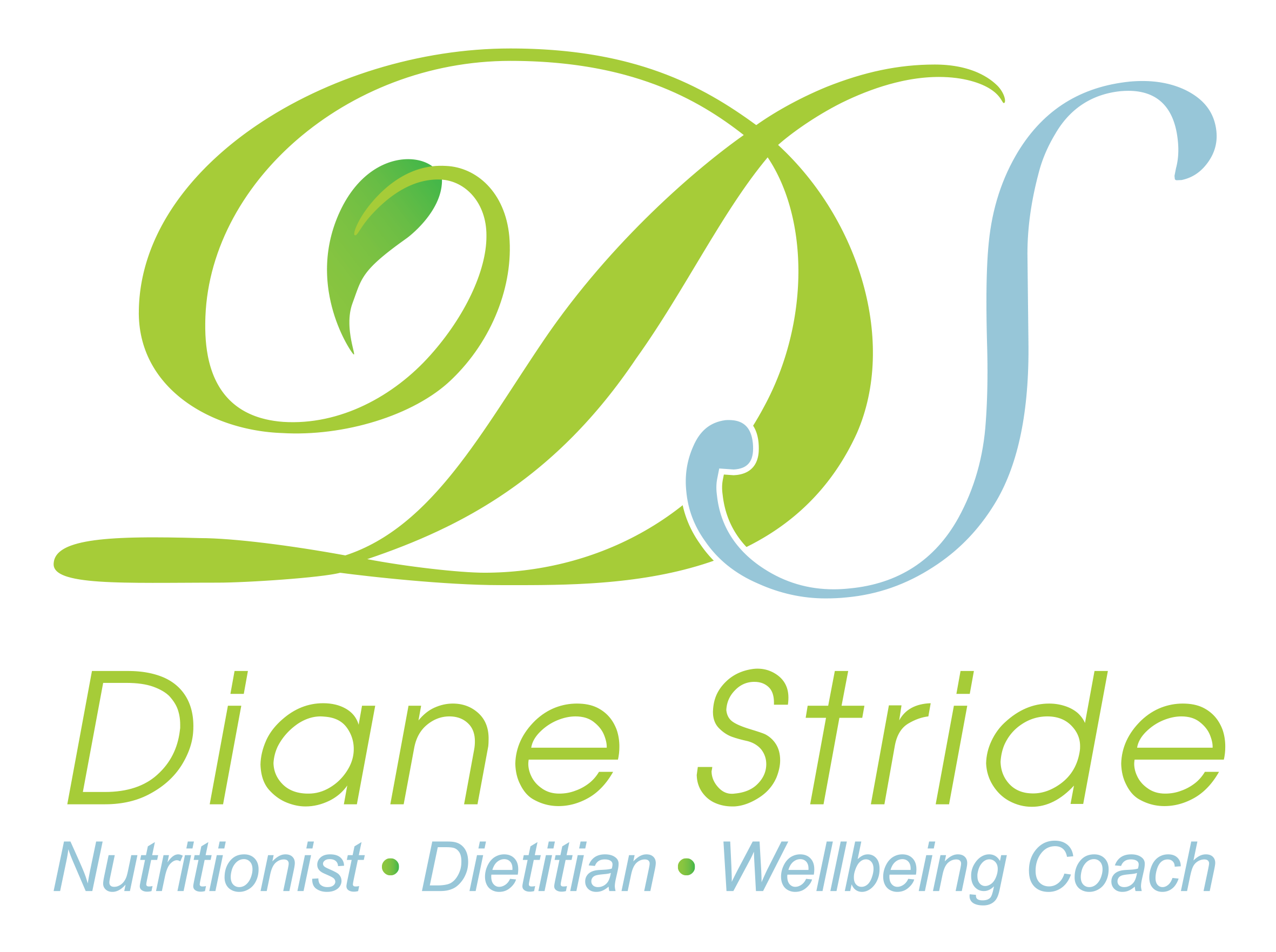Endometriosis – are you the 1 in 10?
Did you know that March is Endometriosis Awareness Month? This month’s blog is dedicated to raising awareness of this often undiagnosed condition, which affects so many womens’ lives.
Endometriosis results from tissue growing in areas where it wouldn’t normally grow in your body. A woman’s uterus is lined with endometrial tissue, which allows a fertilized egg to embed. However, in approximately 10% of women of reproductive age, or 176 million women worldwide, this tissue begins to grow outside of the uterus, usually in the pelvic area and often causes symptoms. These misplaced cells, called lesions, bleed every month, due to hormonal changes, just like they would if they were inside your uterus during your menstrual cycle. This causes inflammation at the site, often resulting in scar tissue.
Amazingly some women experience no pain, but most will experience significant symptoms, the most common being pelvic pain. This will usually begin a few days before menstruation and stop within 1 to 2 days of menstruation commencing.

Some women experience deep pain during sex and/or when they go to the toilet. If you imagine growths growing over your bowel or bladder, you can understand that it would cause pain as this area is stimulated. For some women, going to the toilet can be excruciating, as the faeces move through the bowel past these lesions. Endometriosis can also cause fatigue, bloating, diarrhoea, and impact fertility.
Diagnosis can be difficult, as the symptoms vary so much. In fact, it can take more than 10 years for some women to be diagnosed. This is another reason it is so important to raise awareness of this condition, especially as it can significantly impact a women’s life.
Diagnosis is usually confirmed by a laparoscopy, a procedure where a small incision is made in the abdomen allowing a surgeon to look for the endometrial lesions using a special lighted instrument, a laparoscope.
There is no known cure, but there are treatment options. These include surgery, hormone therapies and pain relief.

Whilst nutrition doesn’t cure endometriosis, nutrition therapy can help minimise bowel symptoms and inflammation. Certain foods which are not well digested can cause bloating. Minimising the intake of these foods without compromising gut health can be beneficial in alleviating symptoms. Nutrition therapy for endometriosis is aimed at balancing out the excess oestrogen and minimising inflammation.
If you experience severe symptoms and it is affecting your ability to go to work or school, it is important to speak to your GP to determine whether a referral to a specialist is required.
As a dietitian who not only had endometriosis, but who also works with many clients with the condition, I feel it is important to raise awareness of this common inflammatory disease which affects many women’s lives. Please feel free to share this article.



